Yosemite National Park is famous for its scenery, with millions visiting each year to see the granite faces of Half Dome and El Cap, the cascading water of Vernal and Nevada Falls, and the valley views from Glacier Point. But behind these icons lies a world that moves, hops, crawls, buzzes and soars. In the new Yosemite Wildlife book, author Beth Pratt and photographer Robb Hirsch shine a light on the park’s remarkable animal life — from the well-known bear and bighorn sheep to the smallest newts, bats, and beetles.
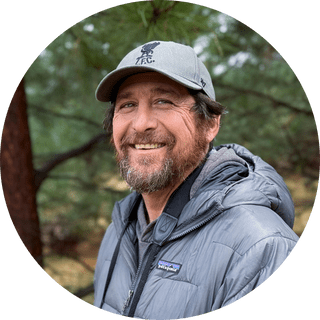 It’s the first comprehensive book published in the last century that is entirely dedicated to Yosemite’s wild residents, and Pratt’s thoughtful writing, complimented perfectly by Hirsch’s iconic photographs is more than just a love letter to Yosemite wildlife, it’s an ask for readers to care.
It’s the first comprehensive book published in the last century that is entirely dedicated to Yosemite’s wild residents, and Pratt’s thoughtful writing, complimented perfectly by Hirsch’s iconic photographs is more than just a love letter to Yosemite wildlife, it’s an ask for readers to care.
“Everyone loves Yosemite’s landscapes and huge icons,” says Hirsch, “but the wildlife has always been overlooked. Yosemite has phenomenal diversity — and the more we understand and appreciate it, the more likely we are to protect it.”
For Hirsch, the book was a natural extension of his lifelong passion for wildlife and wild places. Hirsch began dabbling in photography over 30 years ago as a field biologist — primarily as a way to document the critters and habitats he was working with. Over the years, photography slowly became the focus of his career, and his images have now been featured in calendars, magazines, gallery showings, international competitions, and in his own book, The Nature of Yosemite.
So when fellow wildlife lover and advocate Beth Pratt reached out to work on this book, Hirsch gave a resounding “hell yeah.” And, when we sat down with Hirch to talk about his photography journey and experience, he was excited to share a few of his top tips for respectfully viewing and photographing Yosemite’s wild residents.

The man behind the camera, Yosemite Wildlife photographer Robb Hirsch!
1. Search for wildlife with your eyes and ears
Yosemite is rarely silent — birds calling across a meadow, lizards rustling through the grass, or squirrels chattering in the trees — and Hirsch notes that if you take a moment to tune in, you’ll start to notice patterns and clues that lead you to nearby animals.
“Over half the wildlife I’ve ever found and spent time photographing, I’ve heard before I’ve seen,” says Hirsch. Learning to recognize calls and subtle sounds is one of the best ways to experience Yosemite wildlife that would otherwise remain hidden.
While capturing the images for Yosemite Wildlife, Hirsch spent three adding to a collection of photos that he’d been building for decades. “It got to the point where I couldn’t even look at a bird flying by without thinking, ‘oh my god, is that a bird I need for the book?’” he says, explaining that he would go out for slow, intentional hikes where he’d look and listen for his next photography subject.
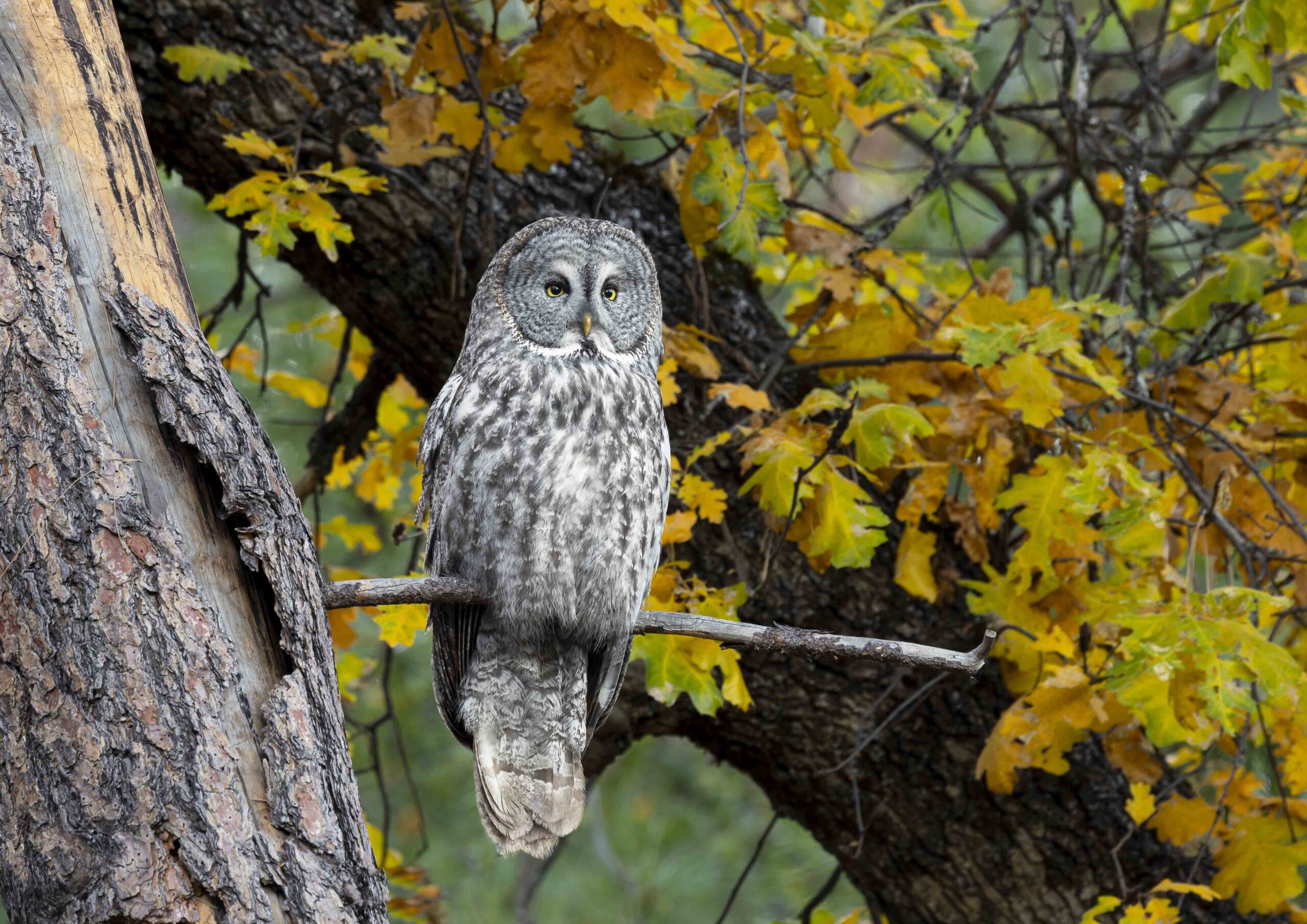
The largest owl in North America, the great gray owl, hunts primarily by sound as their facial discs help funnel noises to their ears. Photo by Robb Hirsch.
2. Stop often, be still, and find patience
It’s easy to move quickly through nature when hiking and miss what’s right in front of you. Hirsch recommends slowing down. “If you’re walking fast, every animal knows you’re coming, and they’re gone before you ever see them,” he says.
On the other hand, stillness invites animals to relax and reemerge, offering a glimpse into Yosemite’s hidden rhythms. To experience these rhythms, Hirsch suggests lingering near the edges of meadows, which he calls “wildlife hotspots,” and giving yourself time to settle in and watch the animals that appear. Hirsch also notes that visitors should always stay on trail and view wildlife from a safe distance!
One of Hirsch’s amazing photographs from the book — a dragonfly perched on the head of a snake — came from doing exactly that. “We’d seen the snake and watched it for maybe an hour as it hunted for fish,” he says, “We never saw it catch a fish but we did see a dragonfly land on its head. I’ve had so many instances like this where patience paid off — moments that reaffirm why I sit around and do this.”
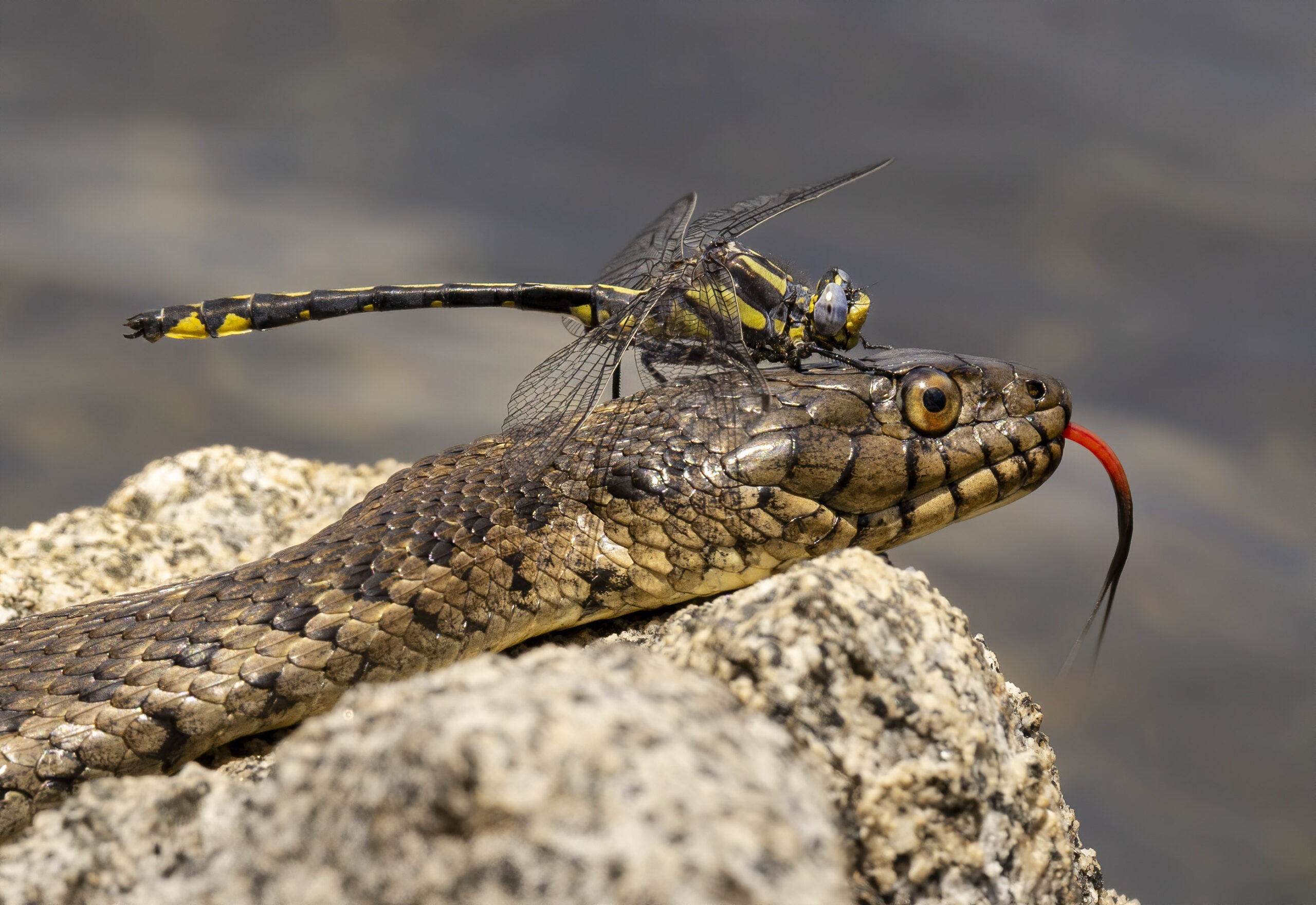
A dragonfly choses a most remarkable spot to perch on the head of a Sierra garter snake. Photo by Robb Hirsch.
3. Watch and learn animal behavior
Understanding how animals move, feed, or communicate can transform how you photograph them. “Spend time watching what they do,” Hirsch says. “If you understand behavior, you’ll know where to look next — and how not to disturb them.”
By learning to anticipate movement, you can position yourself for natural, storytelling shots instead of reacting in the moment. Hirsch often uses what he hears to predict what’s happening nearby. “If I’m watching pikas or marmots in the high country, there are certain alarm calls that mean a raptor is flying above,” he explains. “I’ll hear that call, look up, and sure enough, there’s a bird of prey.”
When you pay attention to these subtle cues — a flick of the tail, a sudden silence, a warning call — you become more attuned to your wildlife subjects. And, when you practice proper distancing from wildlife, you’ll learn more about their natural habits, which will allow your images to reflect their world rather than interrupt it.
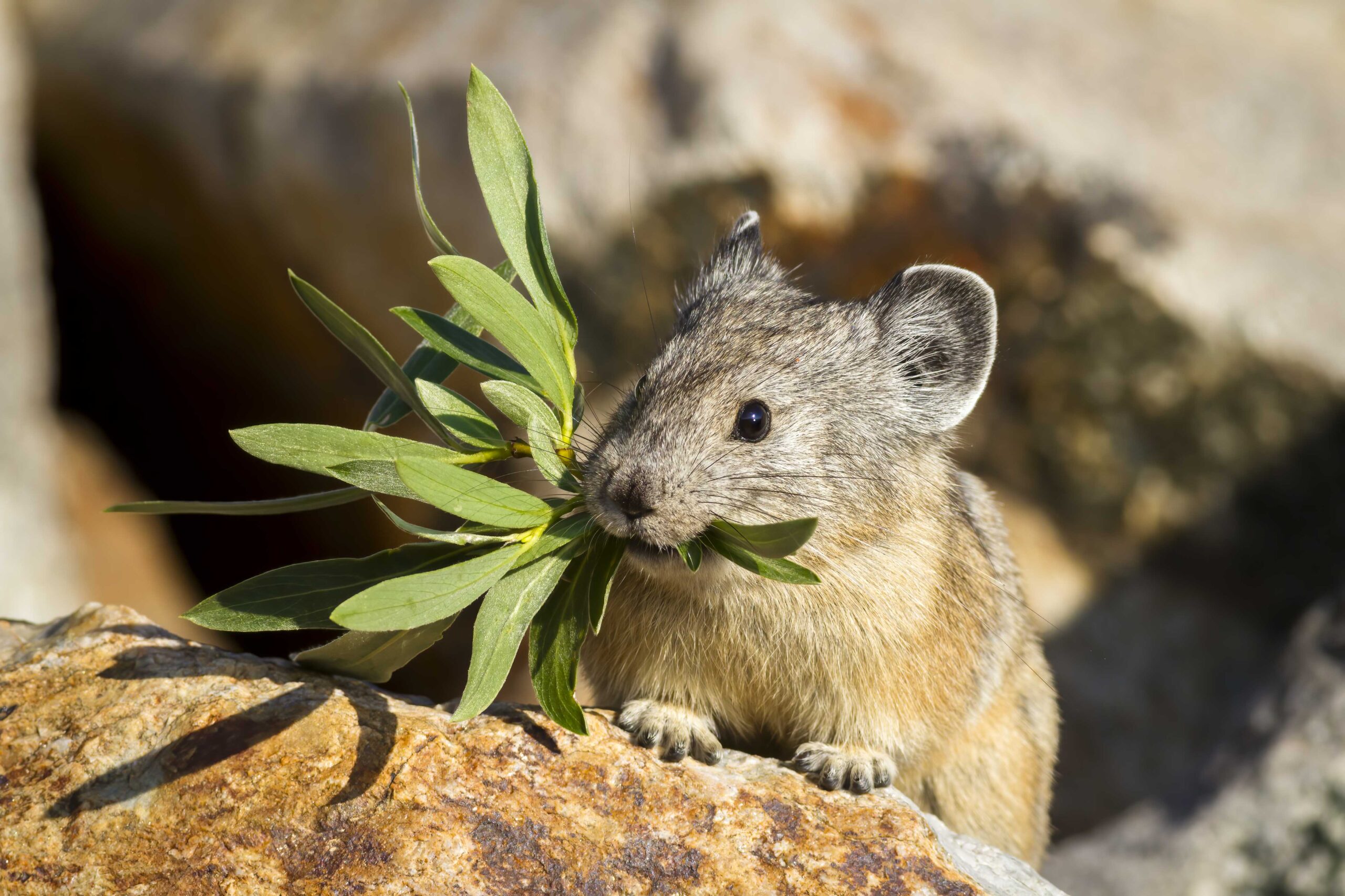
Pika collects vegetation to cache for winter. Photo by Robb Hirsch.
4. Pay attention to backgrounds and embrace wider shots
When you’re focused on an animal, it’s easy to forget what’s behind it. Hirsch encourages photographers to think about the entire frame. “You want your background to complement your subject, not distract from it,” he says. A tangle of branches can pull attention away, while a clean or softly colored background helps the subject stand out.
Small adjustments — stepping to the side, lowering your angle, or waiting for the right light — can transform an average shot into something special.
And don’t be afraid to zoom out. Hirsch notes that many wildlife photographers prioritize zoomed in photos where the animal takes up the entire frame. And while he loves these photos — and has many in his own gallery of photos — this style can be really difficult to capture for new photographers or folks without telephoto lenses.
Instead, he notes that wildlife shots that include both animal subject and habitat can be just as powerful. “Some of my favorite images show animals small in the scene,” Hirsch says. “They tell a story about where that animal lives.” A coyote crossing a valley or a hawk perched against a granite wall connects wildlife to the larger Yosemite landscape.
“Those wider scenes are underused,” he says, “but they’re every bit as powerful.”
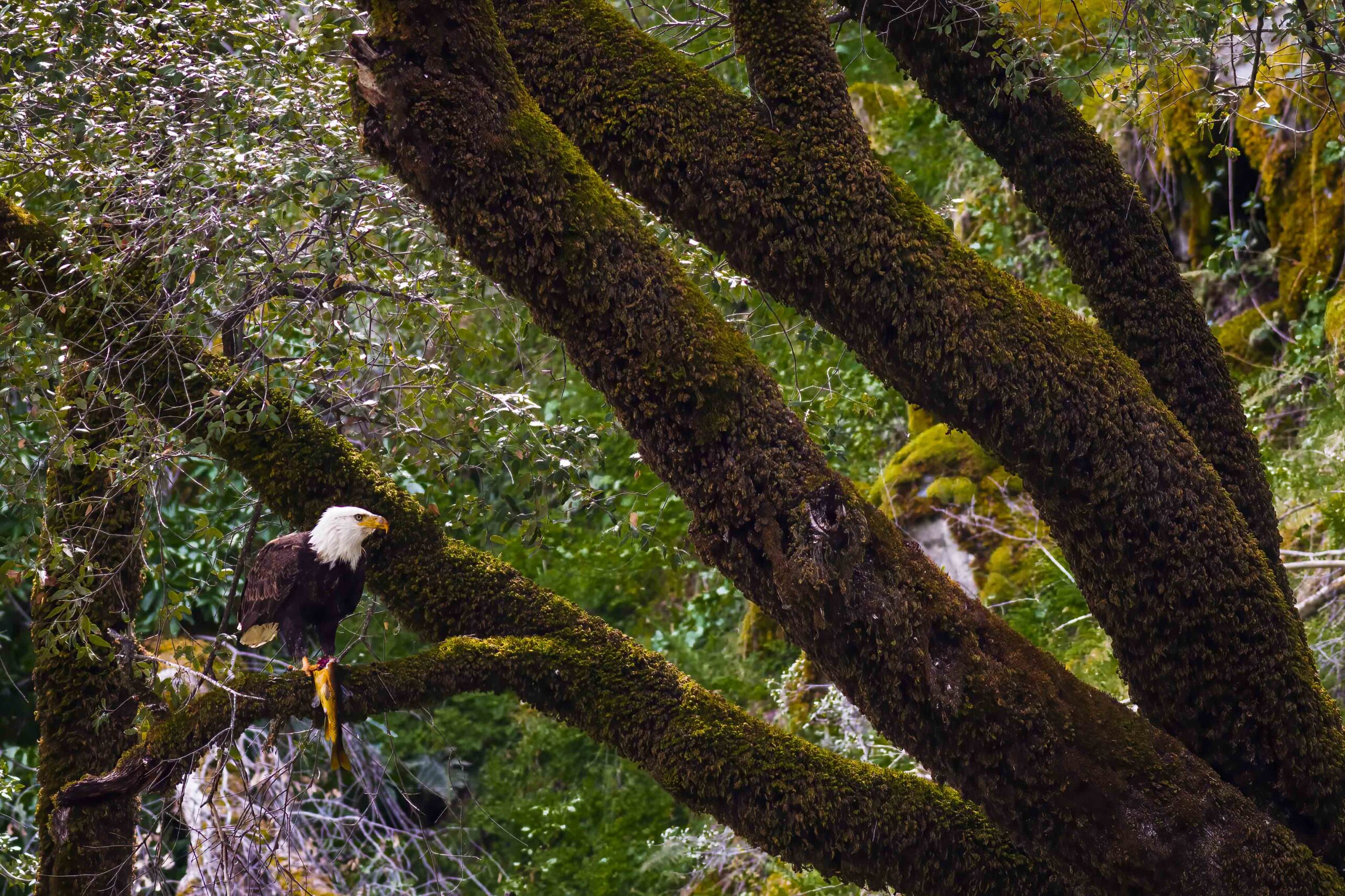
Bald Eagle with captured out on the Merced River. Photo by Robb Hirsch.
5. Always put the animal’s welfare first
“The welfare of the animal always comes first,” Hirsch says firmly. “No image is worth disturbing wildlife.” For him, the best photographs come from moments when animals don’t even notice his presence. Respecting wildlife not only protects the animals but also keeps the wild in wildlife photography.
Hirsch has seen photographers and visitors push too close or cross barriers to get a shot, and it never sits right with him. His approach is different: he observes cues from the animals themselves. If they move away or show signs of alarm, he steps back. “There are so many shots I haven’t gotten, and that’s okay. I might be bummed in the moment, but there will be a next time.”
One encounter that sticks with him is with the Yosemite Toad, a small, rare species that breeds in shallow high-country pools. Hirsch found himself lying just a few feet away from male toads wrestling — one trying to push another’s head underwater. “It was the epitome of wildlife: full-on nature, fun to photograph, rare, and meaningful,” he recalls. But he also respected the toads’ space. Had they backed away, he would have left. Observing without interfering is what allowed him to capture the moment authentically.
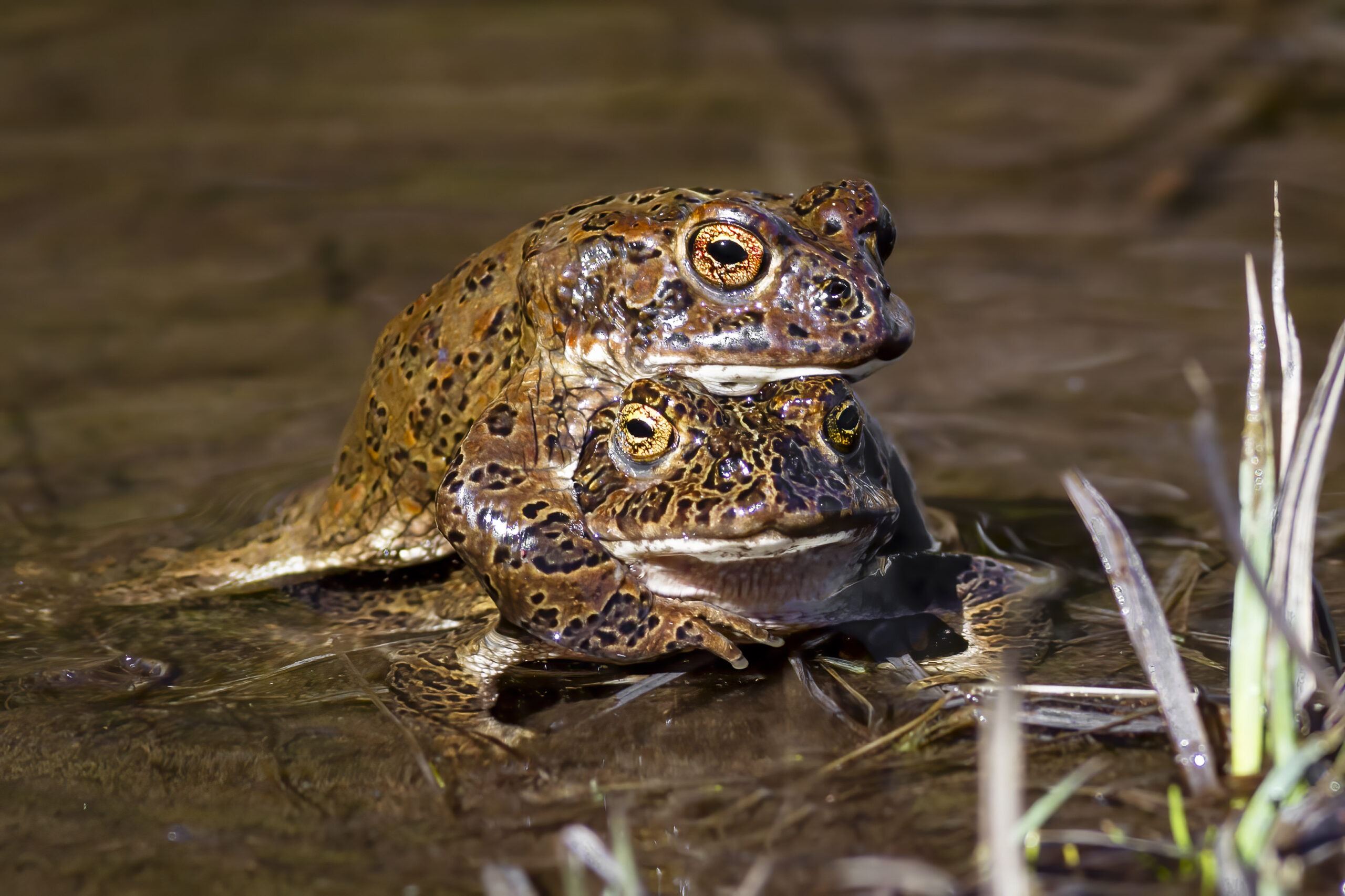
Federally threatened male Yosemite Toads (Anaxyrus canorus) wrestle during breeding season in Yosemite National Park, California. Photo by Robb Hirsch.
Yosemite’s wildlife is full of surprises — moments of movement, song, and subtle behavior that can easily go unnoticed. Hirsch’s tips show that seeing and photographing these animals isn’t just about the shot, but about patience, observation, and respect.
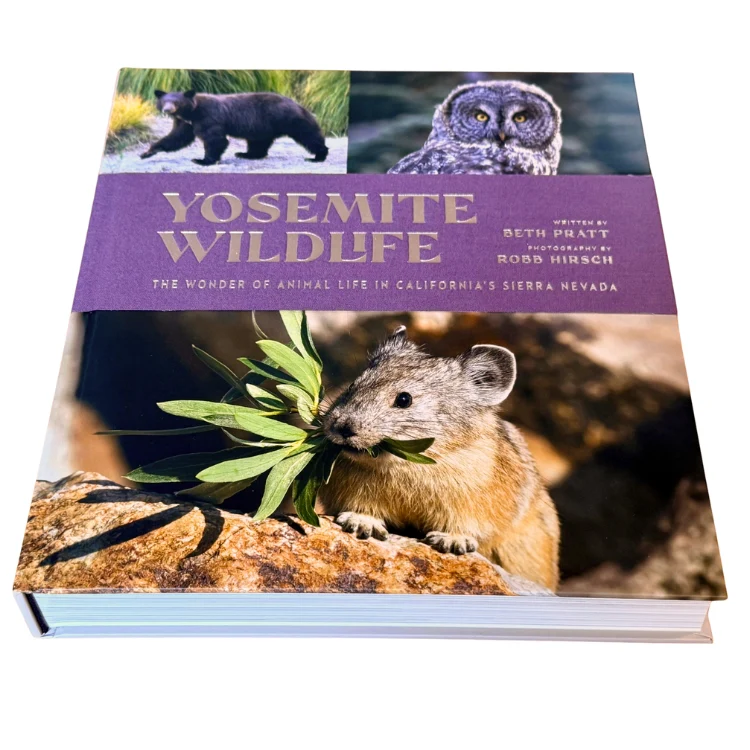 Hirsch’s photos in the new Yosemite Wildlife book capture these moments beautifully, offering readers a sense of awe at the park’s incredible diversity, the beauty and adaptability of its animals, and the fascinating natural history that surrounds them.
Hirsch’s photos in the new Yosemite Wildlife book capture these moments beautifully, offering readers a sense of awe at the park’s incredible diversity, the beauty and adaptability of its animals, and the fascinating natural history that surrounds them.
Whether you’re a photographer, a visitor, or simply a nature lover, this book is an invitation to slow down, spark your curiosity, and celebrate the remarkable life thriving in Yosemite. Order your copy online today at shop.yosemite.org!



